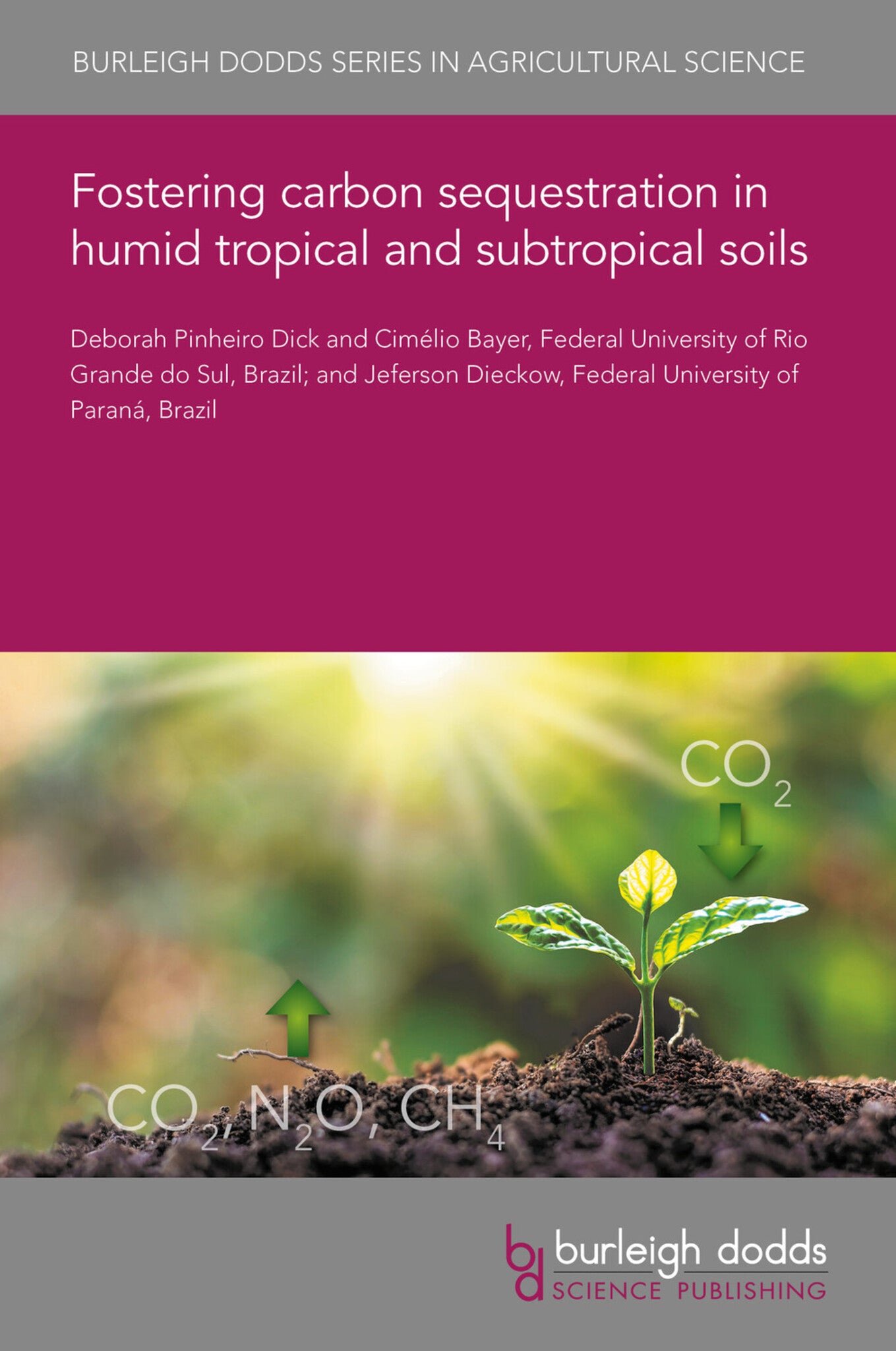We're sorry. An error has occurred
Please cancel or retry.
Fostering carbon sequestration in humid tropical and subtropical soils

Some error occured while loading the Quick View. Please close the Quick View and try reloading the page.
Couldn't load pickup availability
- Format:
-
07 November 2022


TECHNOLOGY & ENGINEERING / Agriculture / Agronomy / Soil Science, Soil science and management, TECHNOLOGY & ENGINEERING / Agriculture / Agronomy / Crop Science, TECHNOLOGY & ENGINEERING / Agriculture / Sustainable Agriculture, Agronomy and crop production, Sustainable agriculture

1 Introduction 2 Evolution of conservation agriculture and its impact on soil carbon 3 Carbon stabilisation by organo-mineral interactions in highly weathered soils 4 Greenhouse gas balance at the soil–atmosphere interface 5 Conclusion 6 Where to look for further information 7 References



